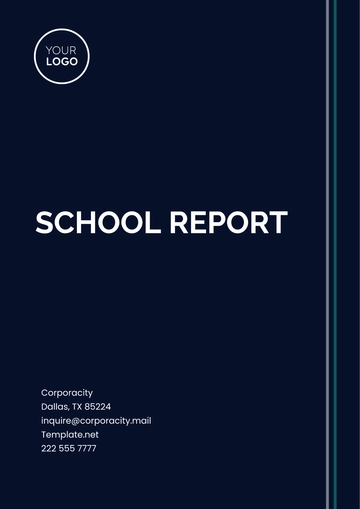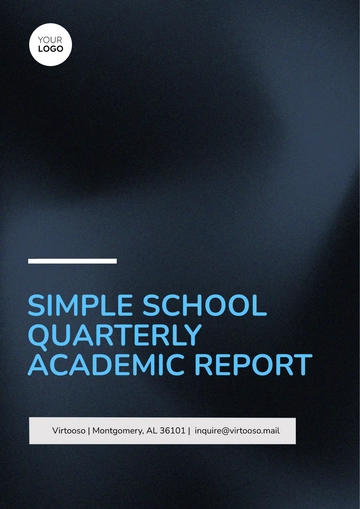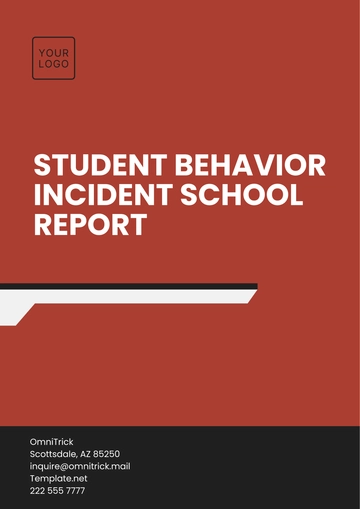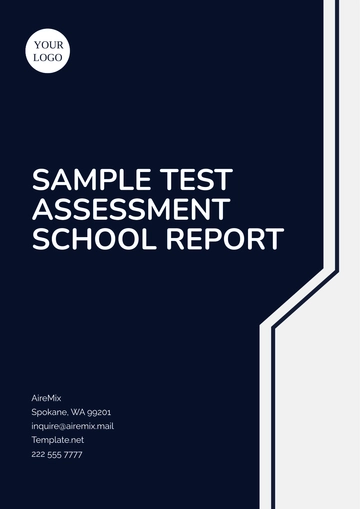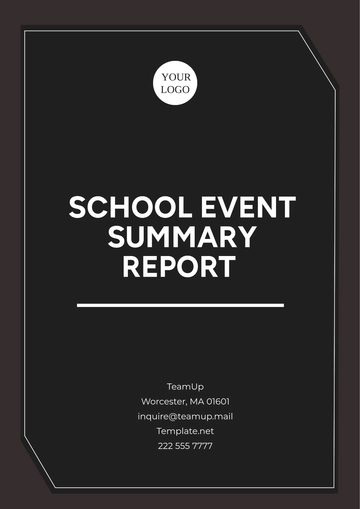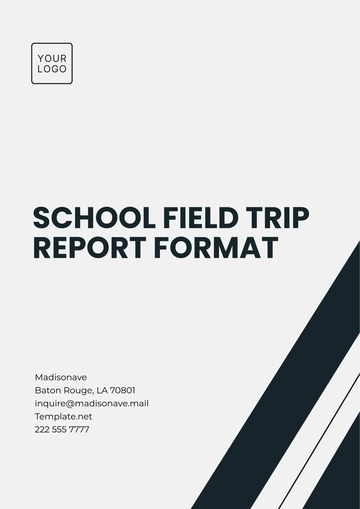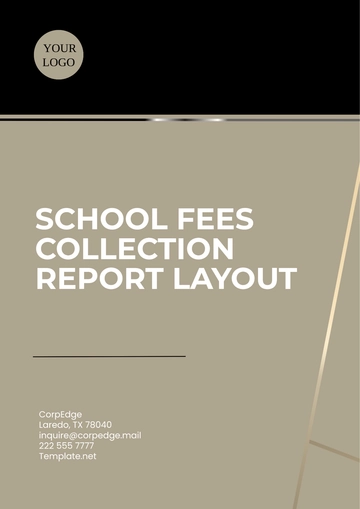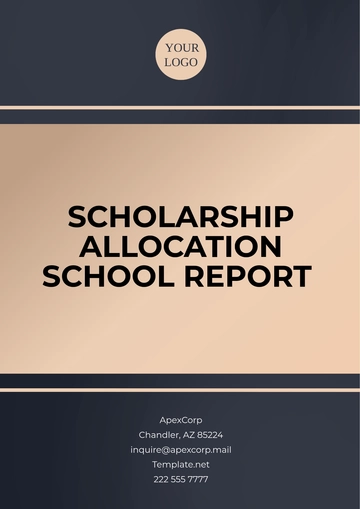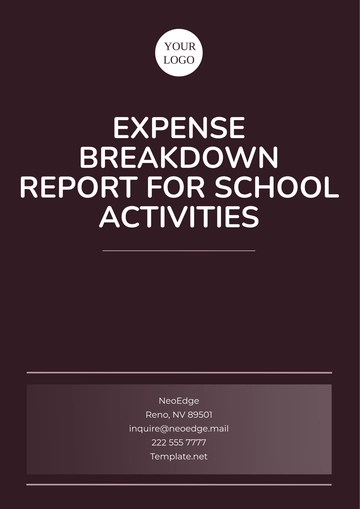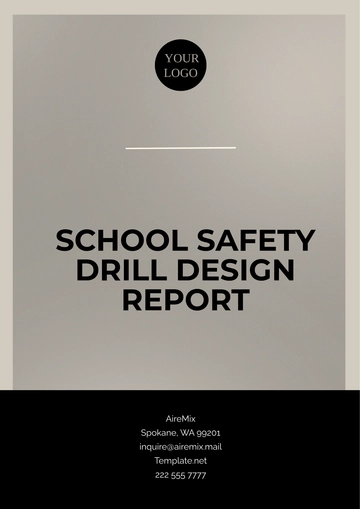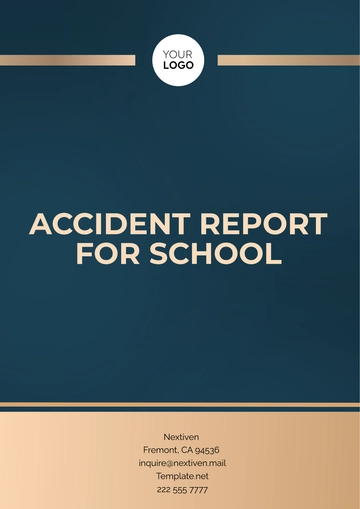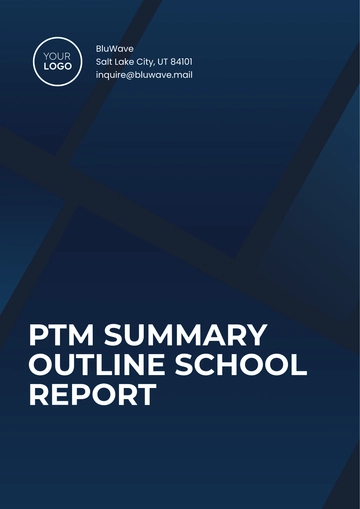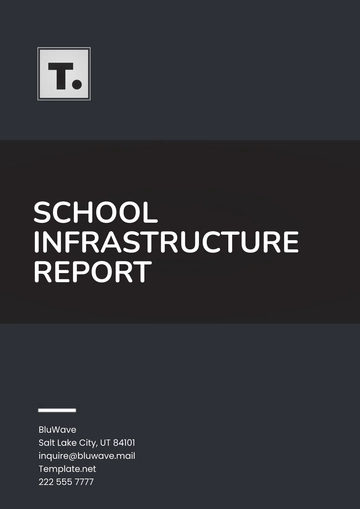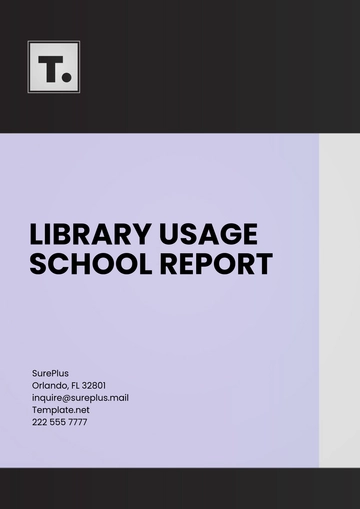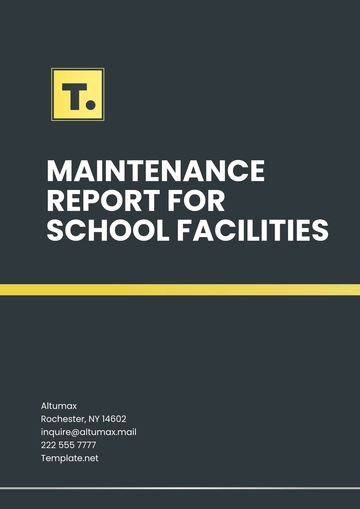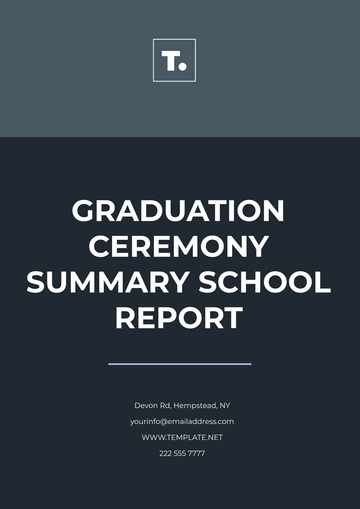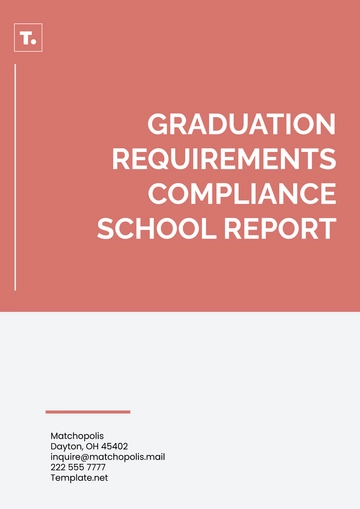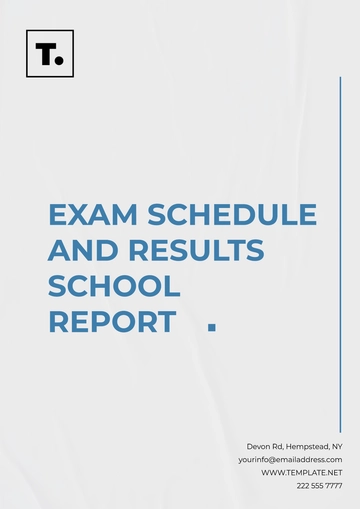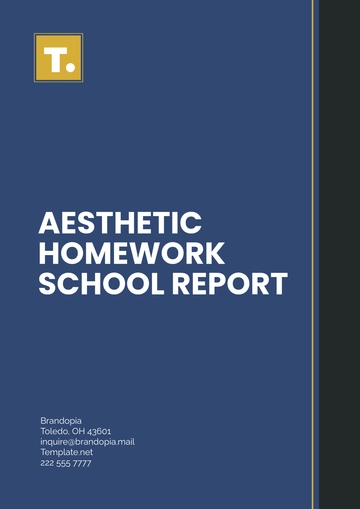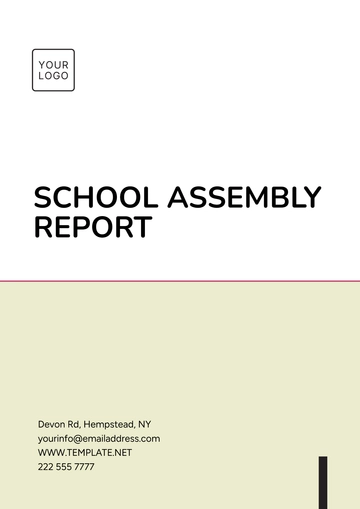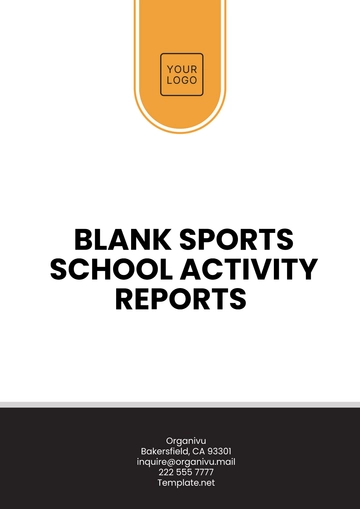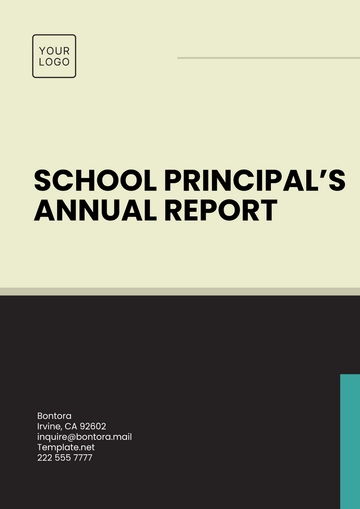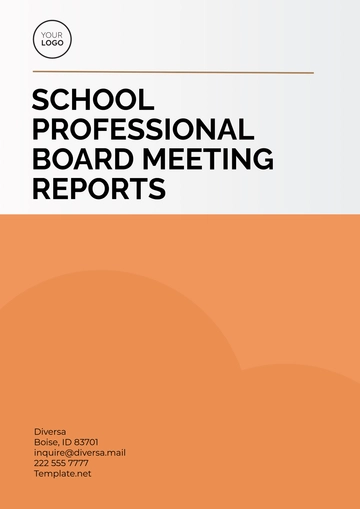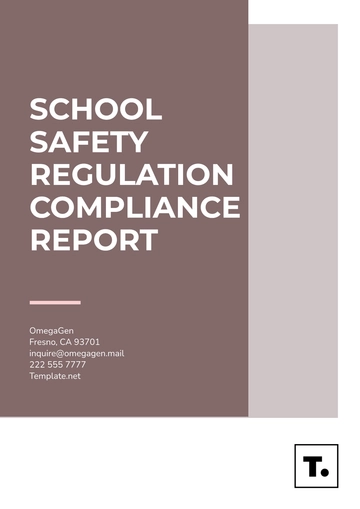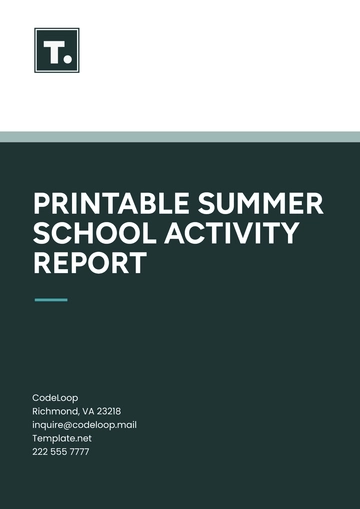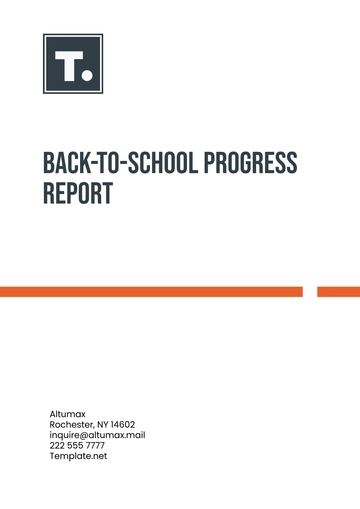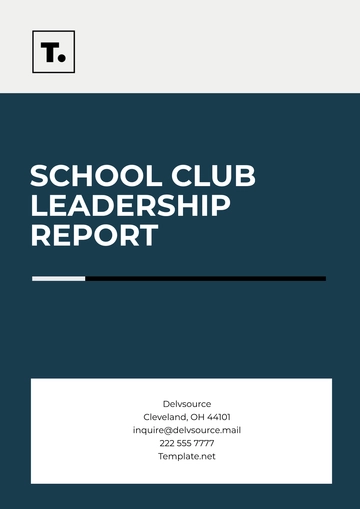Free School Field Trip Report

I. Executive Summary
[Your Company Name] organized a field trip for 5th-grade class on [Month Day, Year], to the [Natural History Museum] in [Springfield]. The primary objective was to provide students with hands-on learning experiences related to earth sciences and history. The trip was a [full-day excursion], starting at [9:00 AM and ending at 3:00 PM], supervised by [4] teachers and [6] parent volunteers.
The itinerary included visits to various exhibits, such as the [Dinosaur Hall and the Earth Sciences Gallery], where students participated in guided tours and interactive activities. Throughout the trip, students were encouraged to ask questions and engage actively with their surroundings. [Your Company Name] ensured that all activities were educational, safe, and aligned with the school's curriculum standards.
Overall, the field trip was a success, with students expressing enthusiasm and curiosity throughout the day. They gained valuable insights into earth sciences and history and their real-world applications. [Your Company Name] looks forward to organizing more enriching experiences for students in the future.
II. Objectives
The field trip to the [Natural History Museum] in [Springfield] was designed not only to enrich students' academic knowledge but also to provide a holistic experience that nurtured their social, physical, and emotional well-being. Through a blend of educational and recreational activities, the trip aimed to inspire a lifelong love for learning and exploration.
A. Educational Goals
The primary aim of the field trip was to complement the students' classroom learning by providing real-world experiences related to their coursework. Specific objectives included:
Enhancing understanding of earth sciences and history: Students learned about fossils, geological formations, and historical artifacts, gaining a deeper understanding of these subjects.
Developing teamwork and social skills: Through group activities and discussions, students learned to collaborate and communicate effectively with their peers.
Encouraging curiosity and engagement with the subject matter: Interactive exhibits and hands-on activities sparked students' curiosity and encouraged them to explore the exhibits in-depth.
B. Recreational Goals
In addition to the educational aspect, the trip aimed to provide recreational benefits, such as:
Promoting physical activity: Walking through the museum and exploring various exhibits provided students with physical exercise.
Offering a break from the regular school environment: The field trip provided a change of scenery and a break from the traditional classroom setting, refreshing students' minds and spirits.
Fostering a sense of community among students: Sharing this experience created a bond among students, fostering a sense of belonging and camaraderie.
III. Itinerary
The field trip itinerary detailed below outlines the activities and schedule for [Your Company Name]'s [5th-grade] class during their visit to the [Natural History Museum] in [Springfield] on [Month Day, Year]. The itinerary was carefully planned to maximize educational opportunities and provide a well-rounded experience for the students. Each activity was selected to align with the educational goals of the trip and offer a balance between learning and enjoyment. The table provides a chronological overview of the day's events, including start and end times, locations visited, and brief descriptions of each activity.
Time | Activity | Location |
|---|---|---|
9:00 AM | Departure from Maple Elementary School | Maple Elementary School |
10:00 AM | Arrival at the Natural History Museum | Natural History Museum, Springfield |
10:15 AM | Guided tour of the Dinosaur Hall | Dinosaur Hall |
11:00 AM | Interactive activity: Fossil Excavation | Earth Sciences Gallery |
12:00 PM | Lunch break | Museum Cafeteria |
1:00 PM | Guided tour of the Earth Sciences Gallery | Earth Sciences Gallery |
2:00 PM | Hands-on activity: Rock and Mineral Discovery | Earth Sciences Gallery |
3:00 PM | Departure from the Natural History Museum | Natural History Museum, Springfield |
4:00 PM | Return to Maple Elementary School | Maple Elementary School |
IV. Observations
The field trip to the [Natural History Museum] provided students with a wealth of educational and engaging experiences. One of the most striking observations was the students' enthusiasm and curiosity throughout the day. They actively participated in all activities, asking insightful questions and showing a genuine interest in the exhibits.
The Dinosaur Hall was a particular highlight, as students marveled at the life-size dinosaur skeletons and learned about the different species that once roamed the earth. The guided tour was informative, with the museum guide explaining the significance of each exhibit and answering students' questions.
Another observation was the impact of the hands-on activities, such as the Fossil Excavation and Rock and Mineral Discovery. These activities allowed students to engage directly with the subject matter, touching and examining real fossils and minerals. This hands-on approach not only reinforced classroom learning but also sparked a sense of wonder and discovery among the students.
The Earth Sciences Gallery was also a fascinating area, showcasing various geological formations and explaining the processes that shaped the earth's surface. Students were particularly intrigued by the interactive exhibits that demonstrated concepts such as erosion and plate tectonics. These exhibits helped make abstract concepts tangible and easier to understand.
Throughout the trip, it was evident that the students were not only learning but also having fun. They interacted with each other and with the museum staff in a positive and respectful manner, demonstrating good teamwork and social skills. The trip also provided a valuable opportunity for students to bond with their peers outside of the classroom environment, fostering a sense of camaraderie and community.
Overall, the field trip was a resounding success, achieving its objectives of enhancing students' understanding of earth sciences and history, developing their teamwork and social skills, and encouraging curiosity and engagement with the subject matter. The students left the museum with a newfound appreciation for the natural world and a desire to continue learning about its wonders.
V. Outcomes
The success of the field trip to the [Natural History Museum] is evident in the overwhelmingly positive student feedback. Students not only found the trip enjoyable but also highly educational, underscoring the effectiveness of the activities and their profound impact on the learning experience. Their enthusiastic responses indicate that the trip successfully achieved its objectives of providing a hands-on learning experience that complemented their classroom studies. The engaging and interactive nature of the exhibits and workshops left a lasting impression on the students, fostering a deeper understanding and appreciation for the subjects of earth sciences and history.
A. Student Feedback
The students' feedback eloquently illustrates the trip's resounding success, highlighting both its educational value and the enjoyable experiences it offered. Many students expressed profound appreciation for the trip, underscoring its impact on their learning and overall enjoyment.
One student remarked, "I learned so much about fossils and dinosaurs, and it was fun!" This sentiment was echoed by several others who found the exhibits and guided tours to be informative and engaging. The interactive workshops, in particular, left a lasting impression, with one student stating, "The workshops were really engaging, and I loved getting to excavate fossils." These hands-on activities not only reinforced classroom learning but also sparked a sense of wonder and curiosity about the natural world.
Another aspect of the trip that resonated with students was the team-building games. One student commented, "I enjoyed the team-building games, and it was cool to learn about rocks and minerals." These activities not only fostered collaboration and teamwork but also provided a fun and interactive way to learn about geology.
Overall, the students' feedback underscores the trip's success in achieving its educational objectives while also providing a memorable and enjoyable experience. The field trip to the Natural History Museum was truly a transformative experience for the students, igniting their passion for learning and discovery.
VI. Recommendations
Based on the observations and feedback from the field trip to the [Natural History Museum], several recommendations can be made to enhance future trips and ensure an even more enriching experience for students.
Increase Interaction with Exhibits: While the students enjoyed the interactive exhibits, more time could be allotted for hands-on activities. Additional workshops or interactive sessions could be included to provide more in-depth learning experiences.
Pre-Trip Preparation: Preparing students beforehand with a brief overview of the exhibits and topics they will encounter can enhance their engagement and understanding. Providing pre-trip materials or activities related to the museum exhibits could help students better connect classroom lessons with their museum experience.
Post-Trip Follow-Up: Implementing post-trip activities or discussions can reinforce what students learned during the trip. Activities such as writing assignments, group projects, or presentations on their favorite parts of the trip can help solidify their knowledge and extend the learning experience.
Smaller Group Sizes: Dividing students into smaller groups for tours and activities can ensure more personalized attention from museum staff and enhance students' ability to ask questions and interact with the exhibits.
Incorporate Technology: Utilizing technology, such as tablets or interactive apps, can further engage students and provide additional educational content. Virtual scavenger hunts or interactive quizzes related to the exhibits could be a fun way to integrate technology into the trip.
Parental Involvement: Encouraging more parental involvement can enhance the supervision and overall experience for students. Parents can assist with activities, provide additional support, and share in the learning experience with their children.
Health and Safety Measures: Continuing to prioritize health and safety measures, such as ensuring adequate hydration breaks, proper supervision, and first aid availability, is crucial for a successful trip.
By incorporating these recommendations, future field trips can be even more effective in providing educational and enjoyable experiences for students, fostering a lifelong love for learning and exploration.
VII. Conclusion
The field trip to the [Natural History Museum] was a resounding success. The objectives of enhancing students' understanding of earth sciences, developing teamwork and social skills, and encouraging curiosity were fully met. The students gained valuable insights and hands-on experiences that will significantly enhance their academic journey. They left with a deeper appreciation for the natural world and a renewed enthusiasm for learning. The positive feedback from students underscores the trip's effectiveness in blending education with enjoyable activities.
[Your Company Name] is committed to supporting educational initiatives like this to foster learning and development. We believe that real-world experiences are crucial in complementing classroom education and helping students apply their knowledge in meaningful ways. We look forward to organizing more such enriching experiences in the future.
- 100% Customizable, free editor
- Access 1 Million+ Templates, photo’s & graphics
- Download or share as a template
- Click and replace photos, graphics, text, backgrounds
- Resize, crop, AI write & more
- Access advanced editor
Document your excursions effectively with the School Field Trip Report Template from Template.net. This editable and customizable template helps you create detailed and professional field trip reports. Editable in our Ai Editor Tool, it offers a user-friendly experience, making it easy to tailor to your specific needs. Capture every detail with this essential field trip report template.
You may also like
- Sales Report
- Daily Report
- Project Report
- Business Report
- Weekly Report
- Incident Report
- Annual Report
- Report Layout
- Report Design
- Progress Report
- Marketing Report
- Company Report
- Monthly Report
- Audit Report
- Status Report
- School Report
- Reports Hr
- Management Report
- Project Status Report
- Handover Report
- Health And Safety Report
- Restaurant Report
- Construction Report
- Research Report
- Evaluation Report
- Investigation Report
- Employee Report
- Advertising Report
- Weekly Status Report
- Project Management Report
- Finance Report
- Service Report
- Technical Report
- Meeting Report
- Quarterly Report
- Inspection Report
- Medical Report
- Test Report
- Summary Report
- Inventory Report
- Valuation Report
- Operations Report
- Payroll Report
- Training Report
- Job Report
- Case Report
- Performance Report
- Board Report
- Internal Audit Report
- Student Report
- Monthly Management Report
- Small Business Report
- Accident Report
- Call Center Report
- Activity Report
- IT and Software Report
- Internship Report
- Visit Report
- Product Report
- Book Report
- Property Report
- Recruitment Report
- University Report
- Event Report
- SEO Report
- Conference Report
- Narrative Report
- Nursing Home Report
- Preschool Report
- Call Report
- Customer Report
- Employee Incident Report
- Accomplishment Report
- Social Media Report
- Work From Home Report
- Security Report
- Damage Report
- Quality Report
- Internal Report
- Nurse Report
- Real Estate Report
- Hotel Report
- Equipment Report
- Credit Report
- Field Report
- Non Profit Report
- Maintenance Report
- News Report
- Survey Report
- Executive Report
- Law Firm Report
- Advertising Agency Report
- Interior Design Report
- Travel Agency Report
- Stock Report
- Salon Report
- Bug Report
- Workplace Report
- Action Report
- Investor Report
- Cleaning Services Report
- Consulting Report
- Freelancer Report
- Site Visit Report
- Trip Report
- Classroom Observation Report
- Vehicle Report
- Final Report
- Software Report
